Nearly four decades ago, in the summer of 1989, at Saigon Port, the first bags of white rice were loaded onto ships bound for foreign countries. An ordinary image but marking a special moment in the history of agriculture .
For the first time, a country that suffered from chronic food shortages became a food exporter. That grain of rice, containing the sweat of millions of farmers and the will to innovate of an entire nation, opened a new chapter for the changing Vietnamese economy .
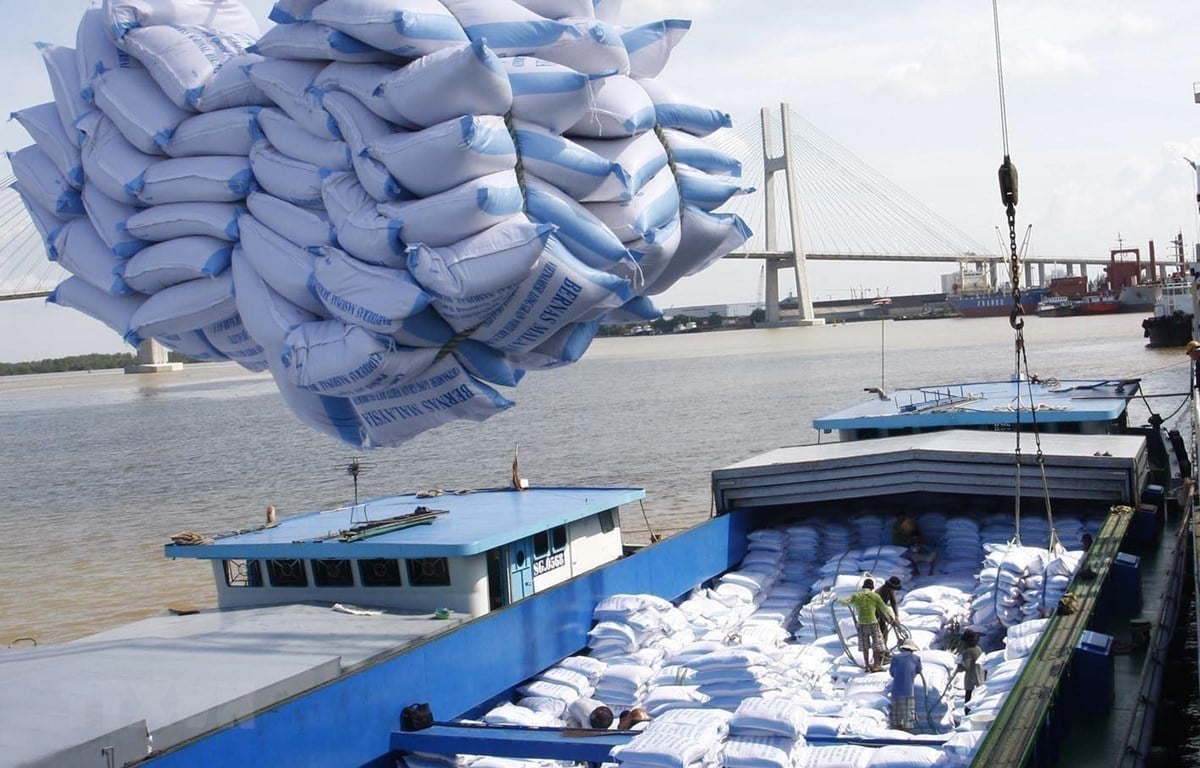
Loading exported rice onto ships at Saigon Port, Ho Chi Minh City. Photo: VNA.
Not long before, in the early 1980s, rice, or food in general, was still a haunting thought for the people. The sight of people queuing up to buy rice by the kilo with ration stamps was an unforgettable memory for an entire generation. In the North, the fields were barren, the cooperatives produced according to quotas, and people worked hard but did not have enough to eat.
In the South, after the war, the irrigation system was damaged, supplies were scarce, and rice prices were low. The whole country regularly had to import more than 1 million tons of food each year to relieve hunger. The phrase “full meals, hungry meals” at that time not only appeared in documents but also in reality in any rural area.
The change began when institutional reforms were introduced. In 1981, the Government issued Directive 100 - "Contracting products to groups and workers", followed by Resolution 10 in 1988, commonly known as "Contract 10". These two documents created a major turning point in the history of cultivation. For the first time, farmers were assigned stable fields, had the right to actively produce, and enjoyed the portion of products exceeding their obligation to pay to the State. From "working for cooperatives", they became the subjects of the fields.
When benefits are linked to output, the farmers' working spirit rises strongly. In the Red River Delta, many families spend their own money to rent tractors, invest in good seeds, and take good care of them. In the Mekong Delta, the movement of digging canals, building banks, and taking advantage of fresh water spread throughout the provinces. After only a few crops, rice productivity skyrocketed, and many places harvested enough to eat, with surplus left over. A question then arose in meetings: Can Vietnam export rice?
The answer came in 1989, when national rice production reached more than 19 million tons, the highest since the war. After deducting domestic consumption and reserves, the State decided to allow the export of 1.4 million tons of rice.
The day the first train cars carrying Vietnamese rice arrived at Saigon Port to be shipped to the world, many food officials were moved. Perhaps from now on, we would not only have enough to eat, but also be able to feed others. That was a symbolic moment for the success of the Renovation process, affirming the vitality of Vietnamese agriculture.
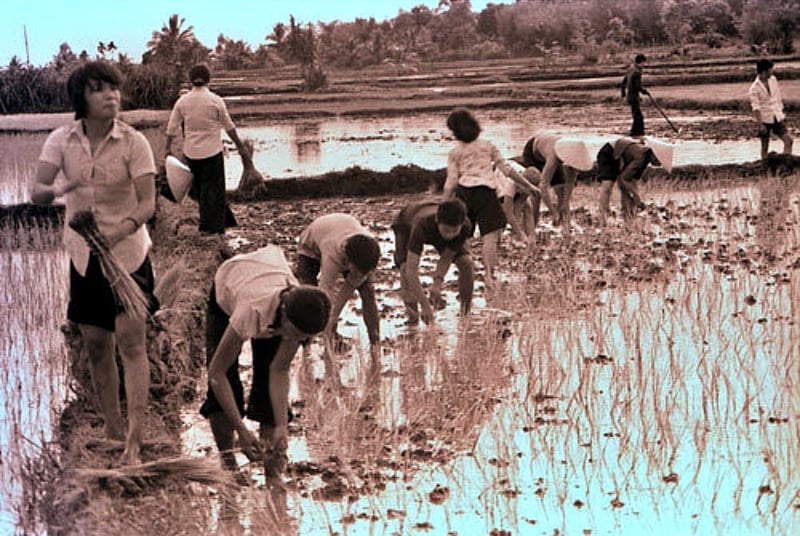
Rice planting competition organized by Ho Chi Minh City Youth Union in 1985. Photo: TL.
Since that milestone, Vietnamese rice has come a long way. In 1992, the export volume reached more than 1.5 million tons; by 1998, it exceeded 4 million tons; and in 2024, Vietnam exported 8.3 million tons, reaching a turnover of 4.6 billion USD, ranking 3rd in the world after India and Thailand. Not only an essential commodity, Vietnamese rice has become a symbol of endogenous capacity, of the spirit of daring to reach the global market on its own strength.
Besides political determination, that success also originated from science. During the war years, agricultural engineers in the South successfully crossbred the Ba Thac - Nhat variety (a pure Japonica rice variety imported from Japan and later selected by the Agricultural Genetics Institute). This was the origin of short-term, pest-resistant, high-yielding rice varieties and paved the way for two crops a year.
Today, more than 260 rice varieties are being grown nationwide, of which 80% are varieties selected and created by domestic institutes and schools. Names such as ST24, ST25, OM5451, Dai Thom 8, RVT have become familiar brands in many demanding markets such as the EU, Japan, and Korea. Self-sufficiency in varieties not only helps increase productivity but also ensures national food security, which has been a concern for half a century.
From “famine-relief rice” in 1945, Vietnam has become “national brand rice”. In 2020, the Ministry of Agriculture and Rural Development (now the Ministry of Agriculture and Environment) and the Ministry of Industry and Trade officially announced the logo “Vietnam Rice”, carrying the message “Quintessence from the good land”.
The symbol is both a form of identification and a commitment to quality, modern, safe and environmentally friendly agricultural practices. By 2024, Vietnamese rice will be present in 190 countries and territories, accounting for 15% of the global market share. In addition to traditional white rice, fragrant rice, organic rice, and low-emission rice are gradually conquering high-end markets.
From the Ba Thac field 40 years ago to the smart rice field today, the journey of rice grains is a journey of innovation, not simply innovation in production thinking but also in management, research and integration. It is the continuing story of hard-working farmers, of scientists quietly selecting and creating varieties, of businesses striving to build brands, and of policies daring to change to pave the way for knowledge.
If 1989 was the turning point that made the whole world know Vietnam as a rice exporting country, now, that grain of rice is carrying a bigger mission: affirming the position of green, smart and responsible agriculture for the planet. From the poor fields of the past, Vietnam has come a long way so that today, the grain of rice has become a symbol of bravery, knowledge and a sustainable future.
Source: https://nongnghiepmoitruong.vn/tu-bua-com-tem-phieu-den-thuong-hieu-gao-viet-toan-cau-d782715.html




![[Photo] Closing of the 14th Conference of the 13th Party Central Committee](https://vphoto.vietnam.vn/thumb/1200x675/vietnam/resource/IMAGE/2025/11/06/1762404919012_a1-bnd-5975-5183-jpg.webp)
![[Photo] Prime Minister Pham Minh Chinh receives the delegation of the Semiconductor Manufacturing International (SEMI)](https://vphoto.vietnam.vn/thumb/1200x675/vietnam/resource/IMAGE/2025/11/06/1762434628831_dsc-0219-jpg.webp)


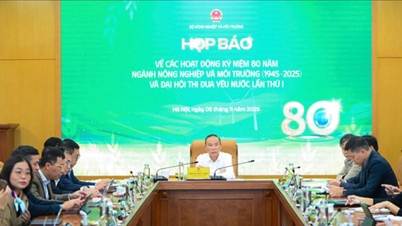

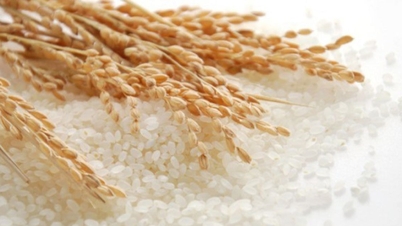

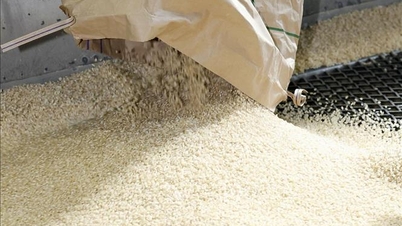

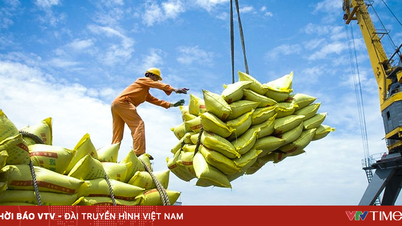

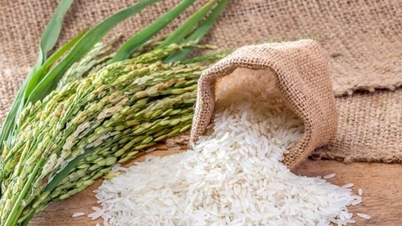
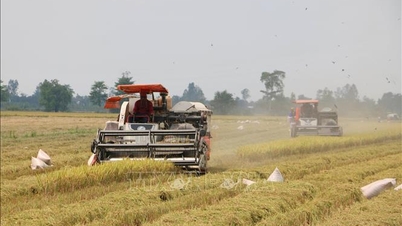
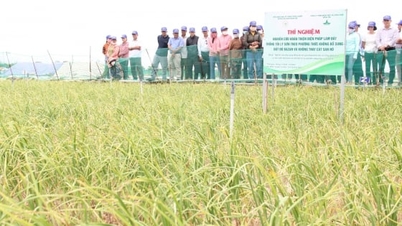


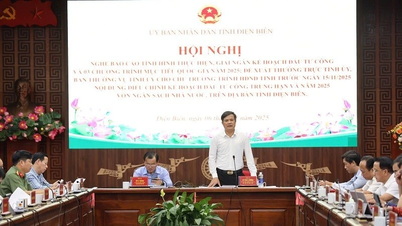

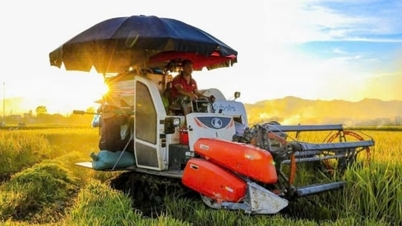









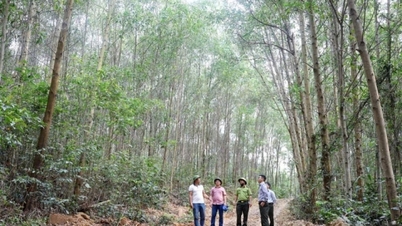




































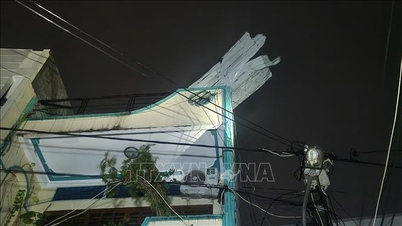
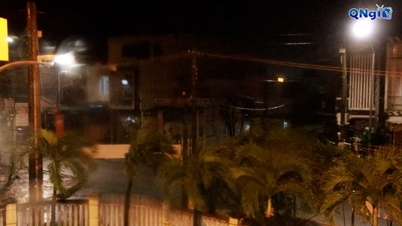



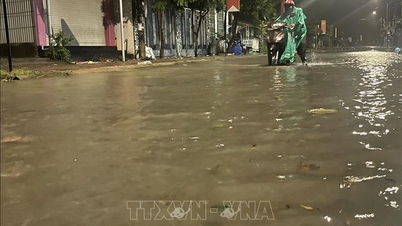

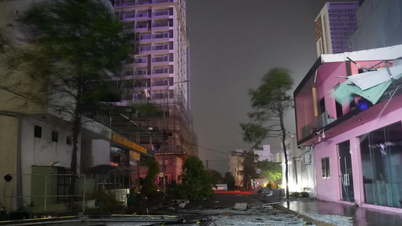



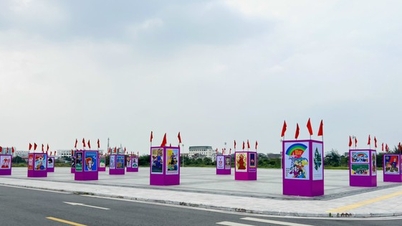






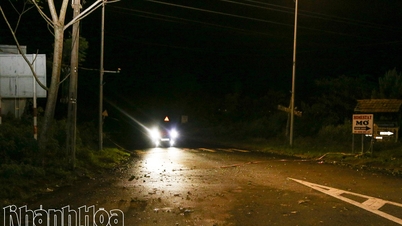

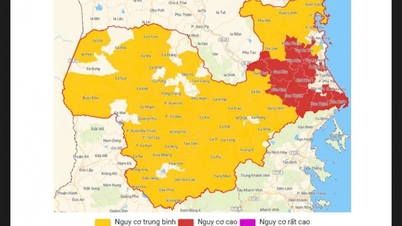

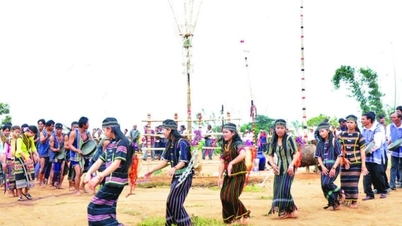
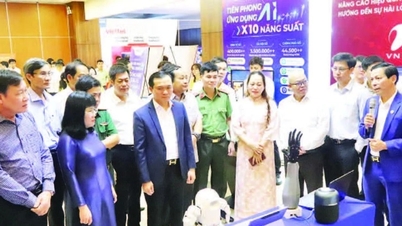

















Comment (0)